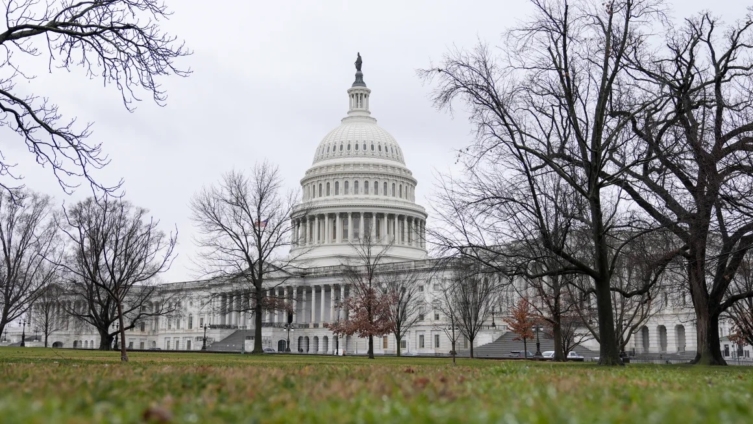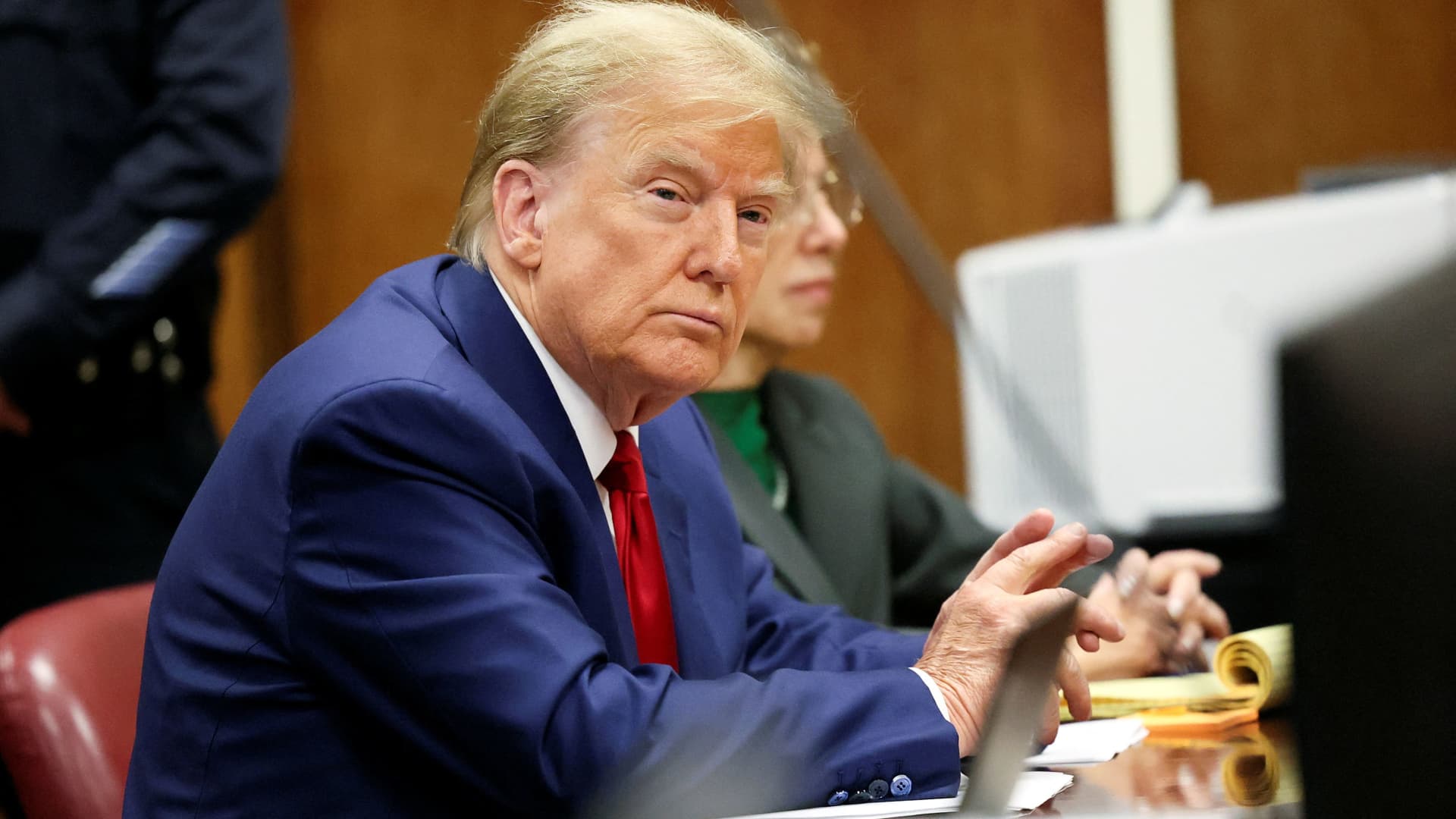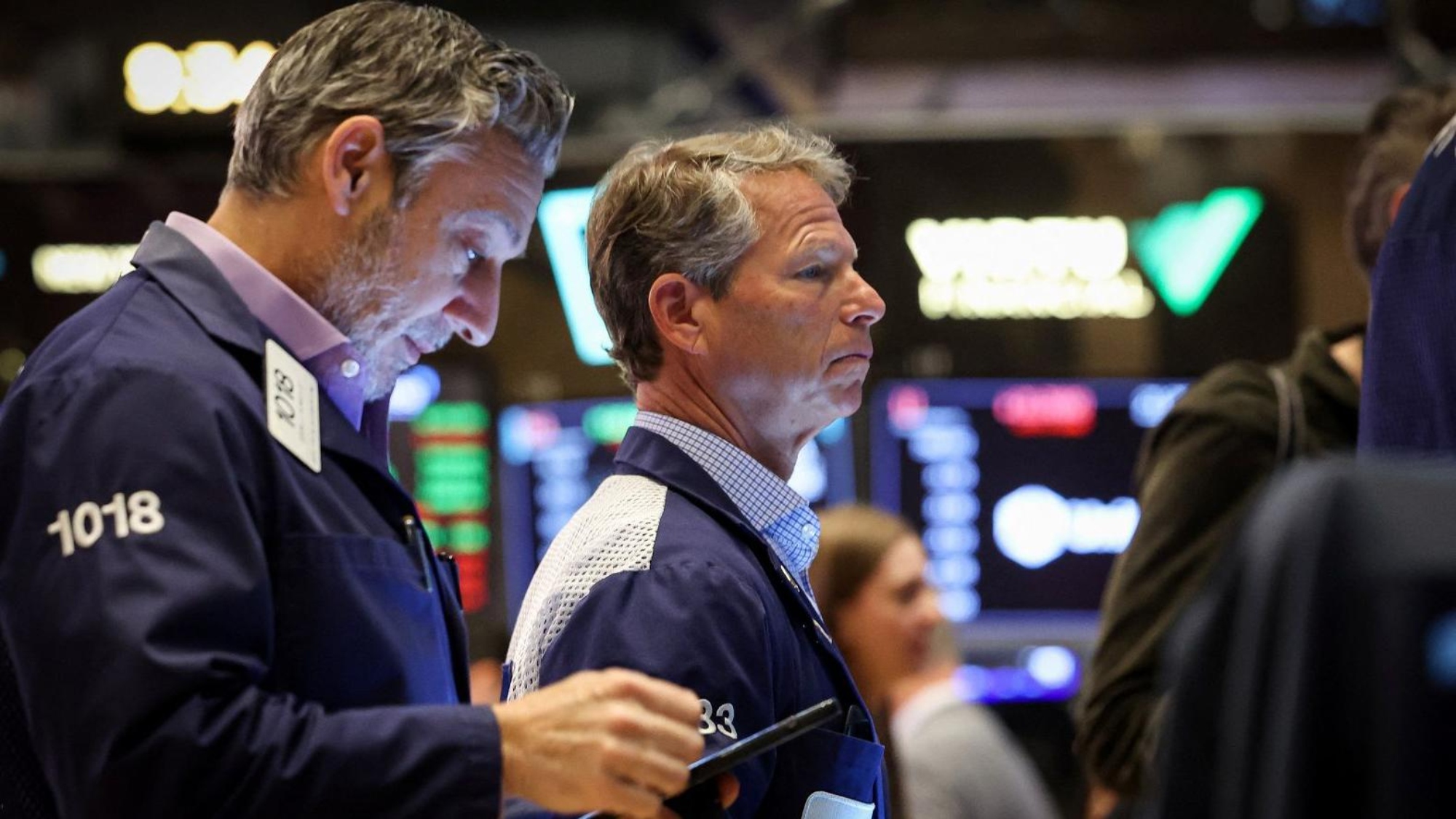Why Won't India Buy American Corn?
This question was recently raised by US Commerce Secretary Howard Lutnick, who criticized India's trade policies and market restrictions. In another interview, Lutnick accused India of blocking US farmers and urged the country to open its agricultural market, suggesting quotas or limits as potential solutions.
Agriculture is a crucial point in the escalating trade war between the US and India, with reciprocal tariffs set to go into effect on April 2. Tariffs are taxes on goods imported from other countries, and President Donald Trump has repeatedly referred to India as a "tariff king" and a "big abuser" of trade relations.
For years, Washington has pushed for greater access to India's agricultural sector, seeing it as a largely untapped market. However, India has staunchly defended this sector, citing food security, livelihoods, and the interests of millions of small farmers.
India's journey from being a food-deficient nation to a food-surplus powerhouse is one of its greatest successes. In the 1950s and 1960s, India relied on food aid to feed its population, but a series of agricultural breakthroughs changed that.
The country became self-sufficient in staples and became the world’s largest producer of milk. Rapid growth in horticulture, poultry, and aquaculture expanded its food basket.
Today, India not only feeds its 1.4 billion people but, as the world’s eighth-largest agricultural exporter, also exports grains, fruits, and dairy products globally.
Despite these achievements, Indian agriculture still faces challenges such as low productivity, insufficient infrastructure, and limited market access. Volatile global prices and climate change add to the strain.
Crop yields are far behind global standards, and small landholdings exacerbate the issue—Indian farmers average less than one hectare of land, compared to their American counterparts, who had over 46 hectares in 2020.
It’s no surprise that productivity remains low, even though agriculture remains the backbone of India’s economy, supporting over 700 million people—nearly half the population. Agriculture employs nearly half of India’s workforce, but it only accounts for about 15% of GDP.
In contrast, less than 2% of the US population depends on farming. With limited manufacturing jobs, many people remain stuck in low-paying agricultural work, an unusual situation for a developing country.
This structural imbalance shapes India’s trade policies. Despite its agricultural surplus, India keeps tariffs high to protect its farmers from cheap imports. It maintains moderate to high tariffs—ranging from zero to 150%—on farm imports.
The weighted average tariff on US farm products in India stands at 37.7%, compared to 5.3% on Indian agricultural goods in the US, according to the Global Trade Research Initiative (GTRI), a think tank based in Delhi.
Bilateral farm trade between India and the US is modest, valued at $8 billion. India mainly exports rice, shrimp, honey, vegetable extracts, castor oil, and black pepper, while the US sends almonds, walnuts, pistachios, apples, and lentils.
However, as the two countries negotiate a trade deal, experts say the US is pushing for “big-ticket” agricultural exports—such as wheat, cotton, corn, and maize—to reduce its $45 billion trade deficit with India.
“They’re not looking to export berries and the like this time. The stakes are much higher,” says Biswajit Dhar, a trade expert at the Council for Social Development think tank in Delhi.
Pushing India to reduce farm tariffs, cut price supports, and allow genetically modified (GM) crops and dairy imports overlooks the deep asymmetries in global agriculture, experts argue. The US, for example, heavily subsidizes its agriculture and protects farmers through crop insurance.
“In some cases,” says Ajay Srivastava of GTRI, “US subsidies exceed 100% of production costs, creating an uneven playing field that could devastate India's smallholder farmers.”
Abhijit Das, former head of the Centre for WTO Studies at the Indian Institute of Foreign Trade, highlights the fundamental difference between the two countries’ agricultural sectors.
“The US has commercial agriculture, while India relies on intensive, subsistence farming. It’s a matter of protecting the livelihoods of millions of Indians versus the interests of US agribusiness.”
But India’s agricultural challenges are not only external. Dhar notes that many of the sector’s struggles are self-inflicted. Over 85% of Indian farmers are smallholders who lack investment capacity, and the private sector has little interest in supporting agriculture.
Farming receives less than 6% of India's total government and private infrastructure investment, leaving irrigation and storage facilities underfunded.
To protect millions of livelihoods, the government shields key crops like wheat, rice, and dairy with import duties and price support. “But even that doesn’t inspire confidence,” Dhar adds.
Four years ago, tens of thousands of farmers staged protests demanding better prices and legal guarantees for minimum government support prices for staples, particularly wheat and rice.
“Even relatively well-off farmers selling surpluses don’t see a turnaround anytime soon. And if they feel that way, imagine the plight of subsistence farmers,” says Dhar.
In addition to domestic discontent, trade negotiations add another layer of complexity.
Das argues that India’s challenge will be to strike an agreement with the US that considers US agricultural export interests while also safeguarding India’s own farm sector.
So, what’s the way forward?
“India must not yield to US pressure to open its agriculture sector,” Srivastava warns. “Doing so would disrupt millions of livelihoods, threaten food security, and flood local markets with cheap imports.”
India must prioritize its national interest, he says, and protect its rural economy. “Trade cooperation should not come at the cost of our farmers, food sovereignty, or policy autonomy.”
In the long term, experts argue that India needs to modernize its agricultural sector to make farming more profitable and competitive, which would boost exports.
Unupom Kausik, an expert in agribusiness, estimates that with top global yields, India could produce a surplus of 200 million metric tonnes of paddy—enough to supply global trade and combat hunger.
“In a way, Trump is holding up a mirror to us,” says Dhar. “We’ve done little to invest in agriculture’s productive capacity.” For now, buying time is the best strategy—perhaps offering the US cheaper imports of industrial goods in exchange.
But for the best outcome, Dhar believes India will have to “play hardball”—telling the US, “We’re open to negotiations on other fronts, but don’t destabilize our agriculture.”
India’s challenge is clear: negotiating from a position of strength—offering just enough to keep Washington at the table, while safeguarding its rural backbone.
After all, in global trade as in farming, timing and patience often yield the best results. The question remains whether Trump will be willing to wait.





.jpg)




.jpg)